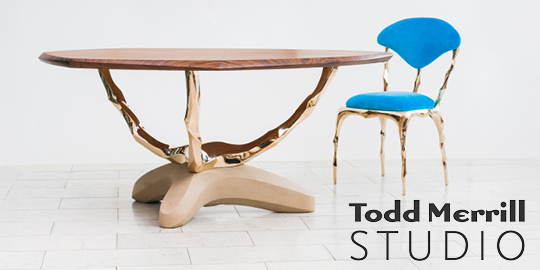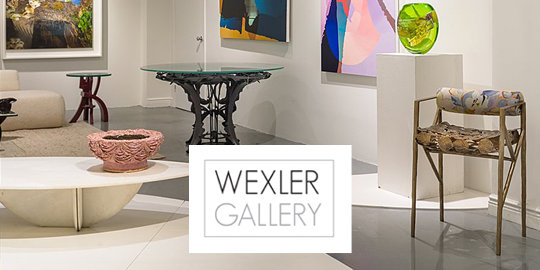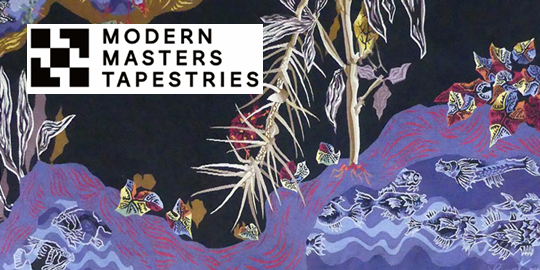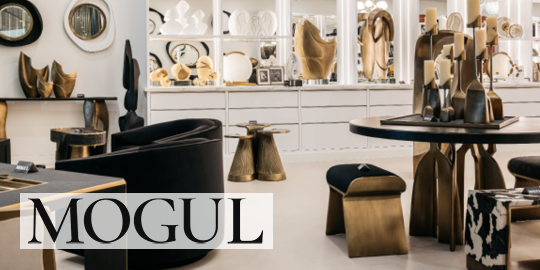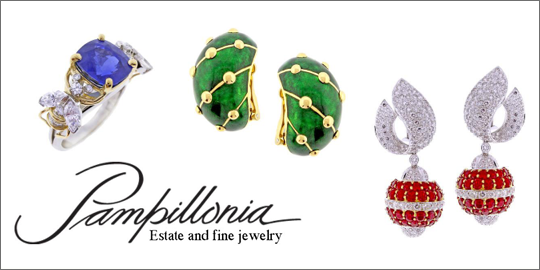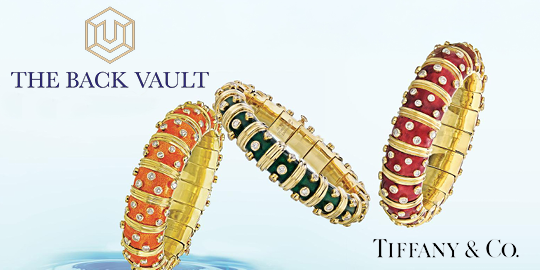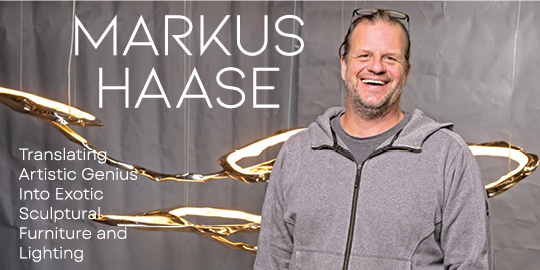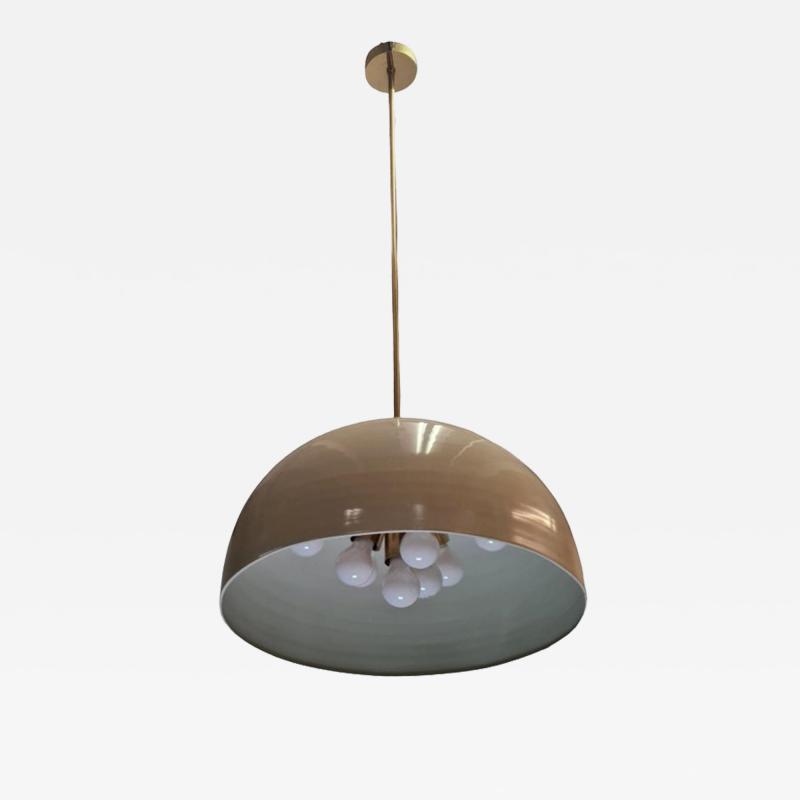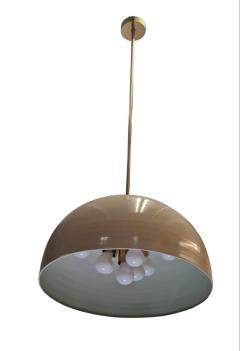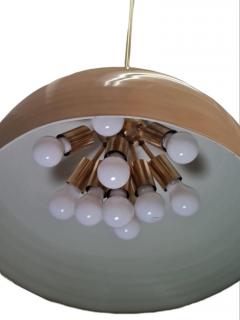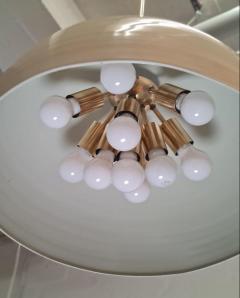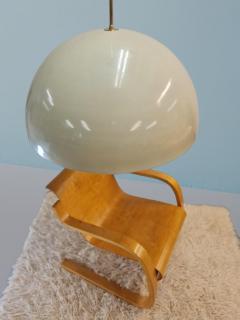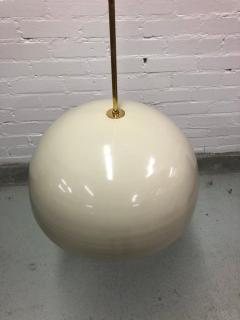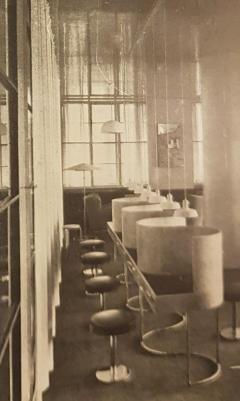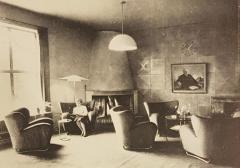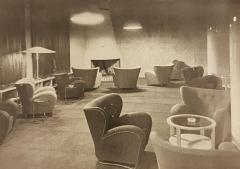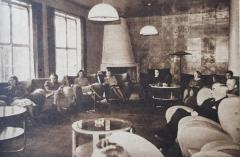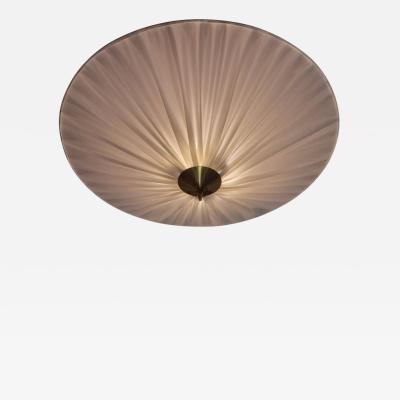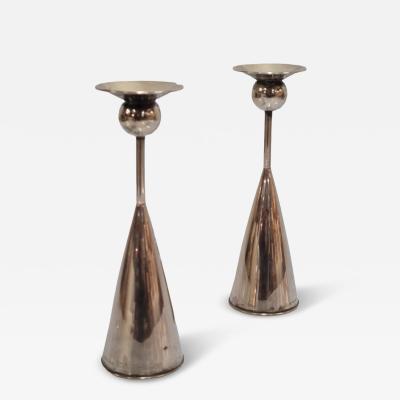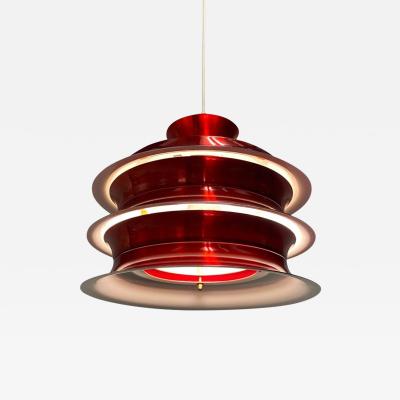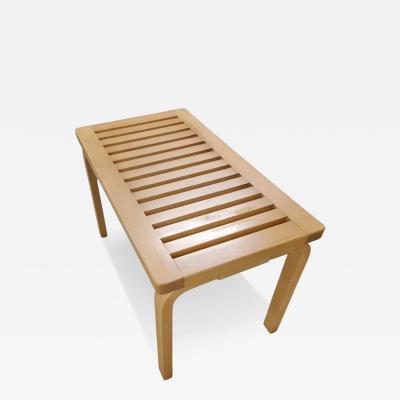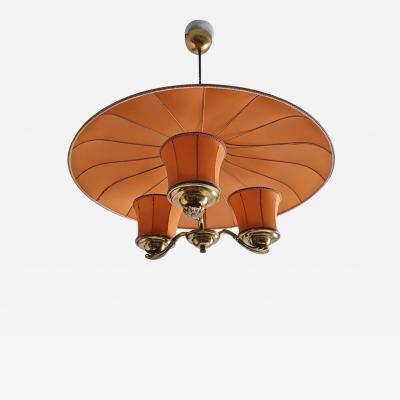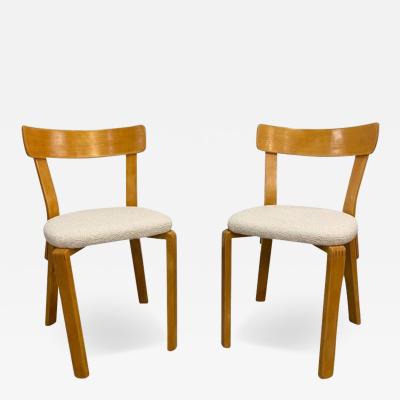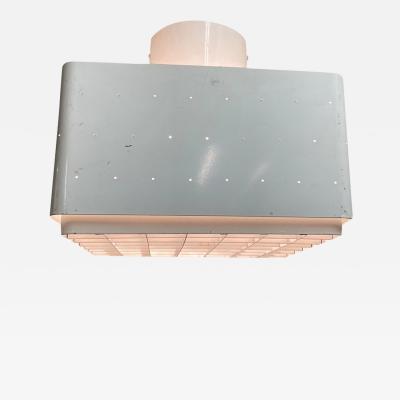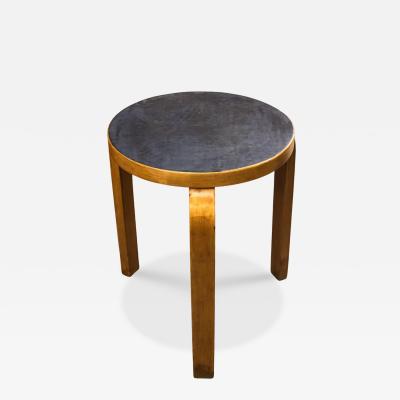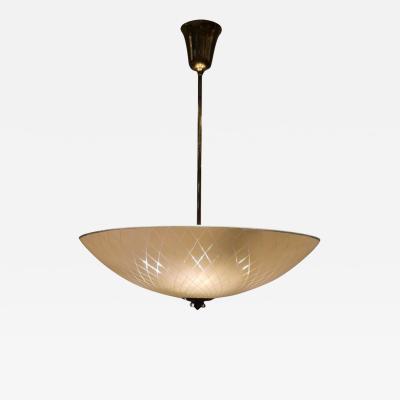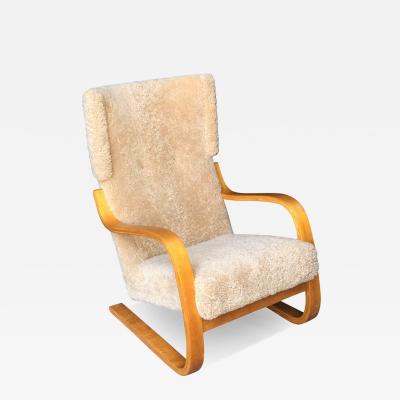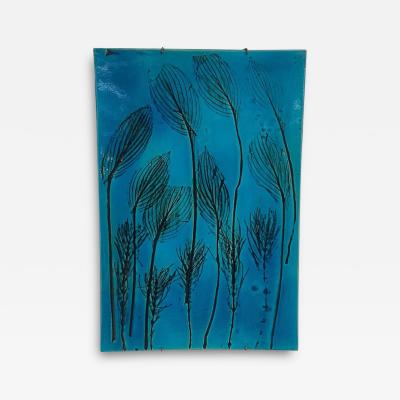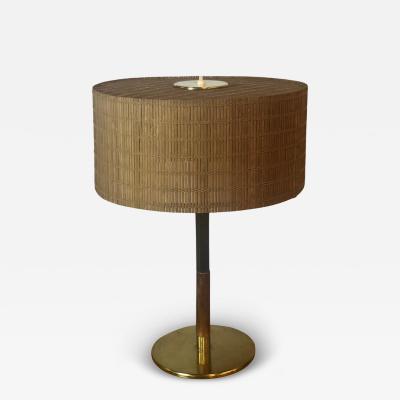One of the few lamps Paavo Tynell designed and made for the cigar room in the famous Aulanko Hotel. These lamps along with the Märta Blomstedt "Aulanko Chair" were designed for the hotel and specifically for the cigar room. The big size coupled with the unsophisticated yet strikingly simple design makes this lamp a perfect fit for a spacious room. This was made in two different sizes this particular one is the smaller one.
It's in good original condition. Of course this is also a Paavo Tynell collector's dream item. We are unable to say if any of the other lamps still exist, but according to the plans and photos from the original space, two of these two ones were made and three of the bigger one. Please check our other listing for the bigger sized one.
Note:-
Shipping and handling might take up to 1 month due to export permits on cultural items.
Paavo Tynell (1890–1973) was a Finnish designer who is well renowned around the world for his incredible lighting fixtures and lamps. Tynell is known as the man who “illuminated Finland” and his works can be found in numerous public offices and buildings such as the Finnish Parliament House and the office of Secretary-General of the United Nations in New York.
Tynell started as a sheet metal worker´s apprentice at G.W.Sohlbergs workshop in 1906. After that he moved to Taidetakomo Koru Oy in 1912, which was a metal workshop specializing in electric light fixtures. Then Paavo studied at the Central School of Applied Arts in Helsinki and after that he taught in it too. Paavo then founded Taito Oy in 1918 with a number of colleagues. Taito produced a number of other items other than just light fixtures in the early years, however the main focus became lamps after Finland adopted the use of electricity. By the 1930s Finnish households started buying light fixtures as the use of electricity became more common. In the 1920s Taito`s main sales were still mostly public commissions, for example the Paimio Sanatorium which was designed by Alvar aalto.
After WW2 and the quite challenging shortage years in Finland, Tynell finally had his major breakthrough. His style became quite distinctive and was mainly aimed at the U.S. markets. He sold both catalogue lamps as well as commissioned works through Finland House in N.Y. Although his late 1940s-1950s style was widely criticized at first in Finland, he stuck to it, and luckily so. It wasn´t long before his lamp fixtures became Finland House´s best selling product. Nowadays Tynells high end lamps fetch hundreds of thousands of dollars worldwide, and deservingly so. His commisioned lamps number in the thousands, and unfortunately not all documents or archive materials are intact





